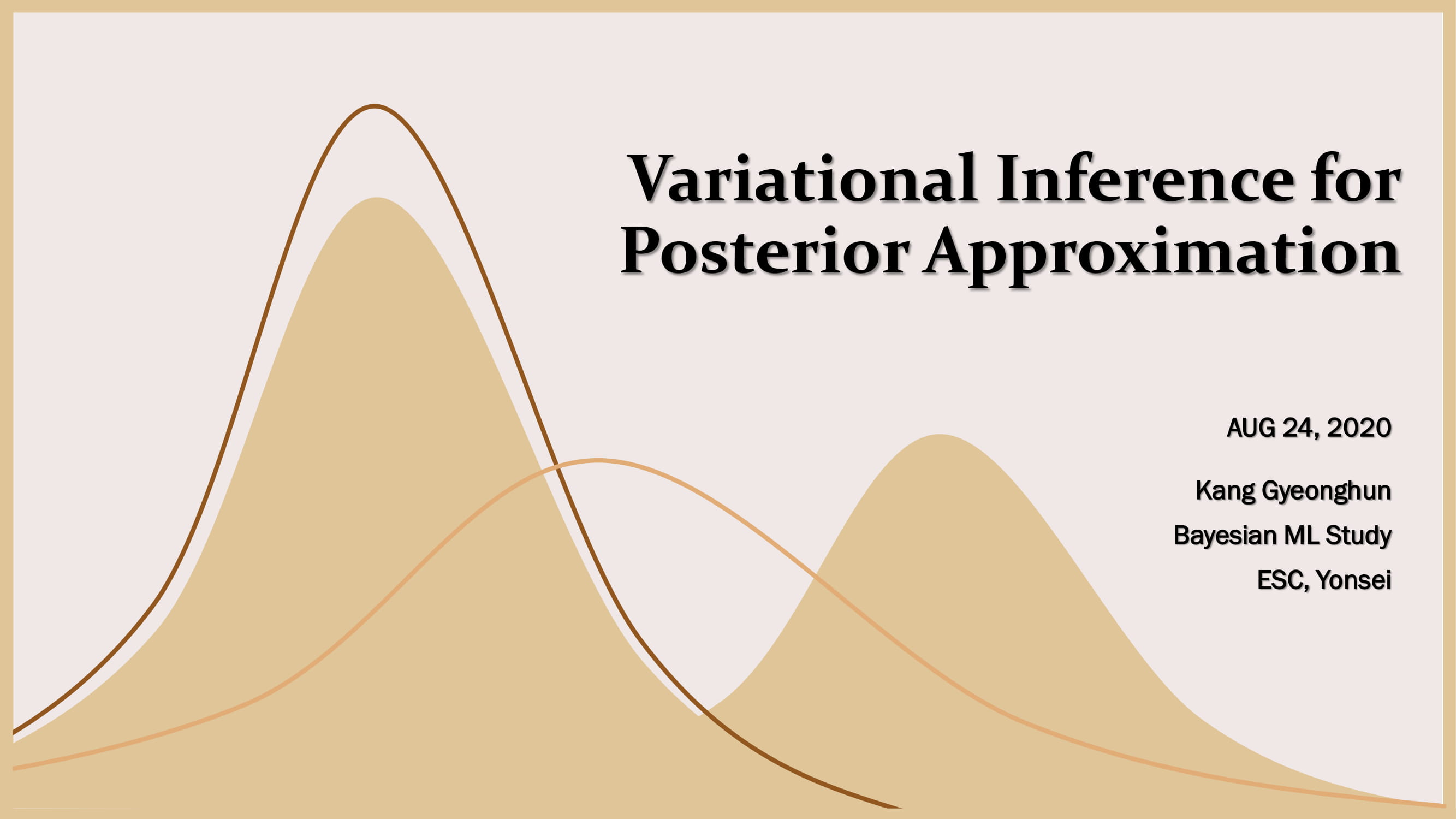
Variational Inference and Bayesian Gaussian Mixture Model
When your computer cannot handle the burden of MCMC, you might as well allow for some bias and do some heavy math yourself

When your computer cannot handle the burden of MCMC, you might as well allow for some bias and do some heavy math yourself
Why it might be preferable to use reverse KL instead of forward KL
In terms of parametric function approximation, MLE minimizes the KL divergence
How much of a loss (i.e. additional amount of coding) to bear when you approximate